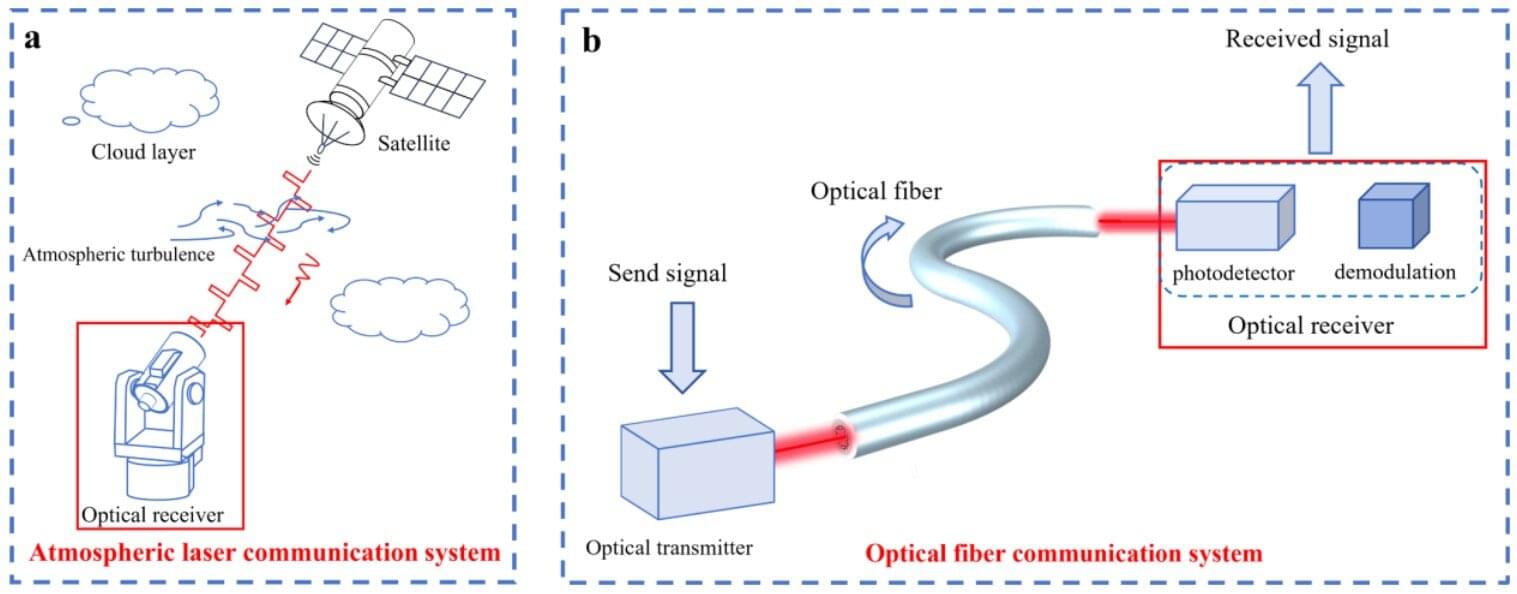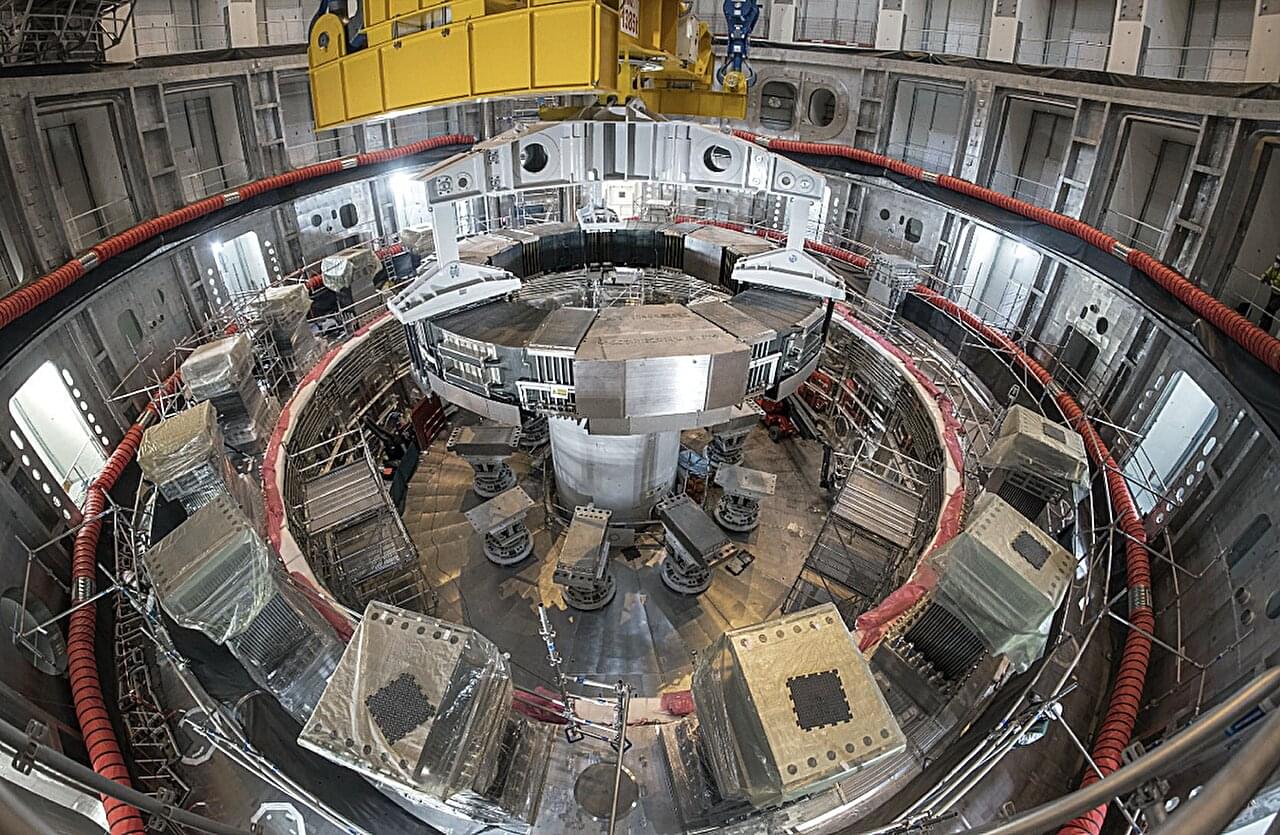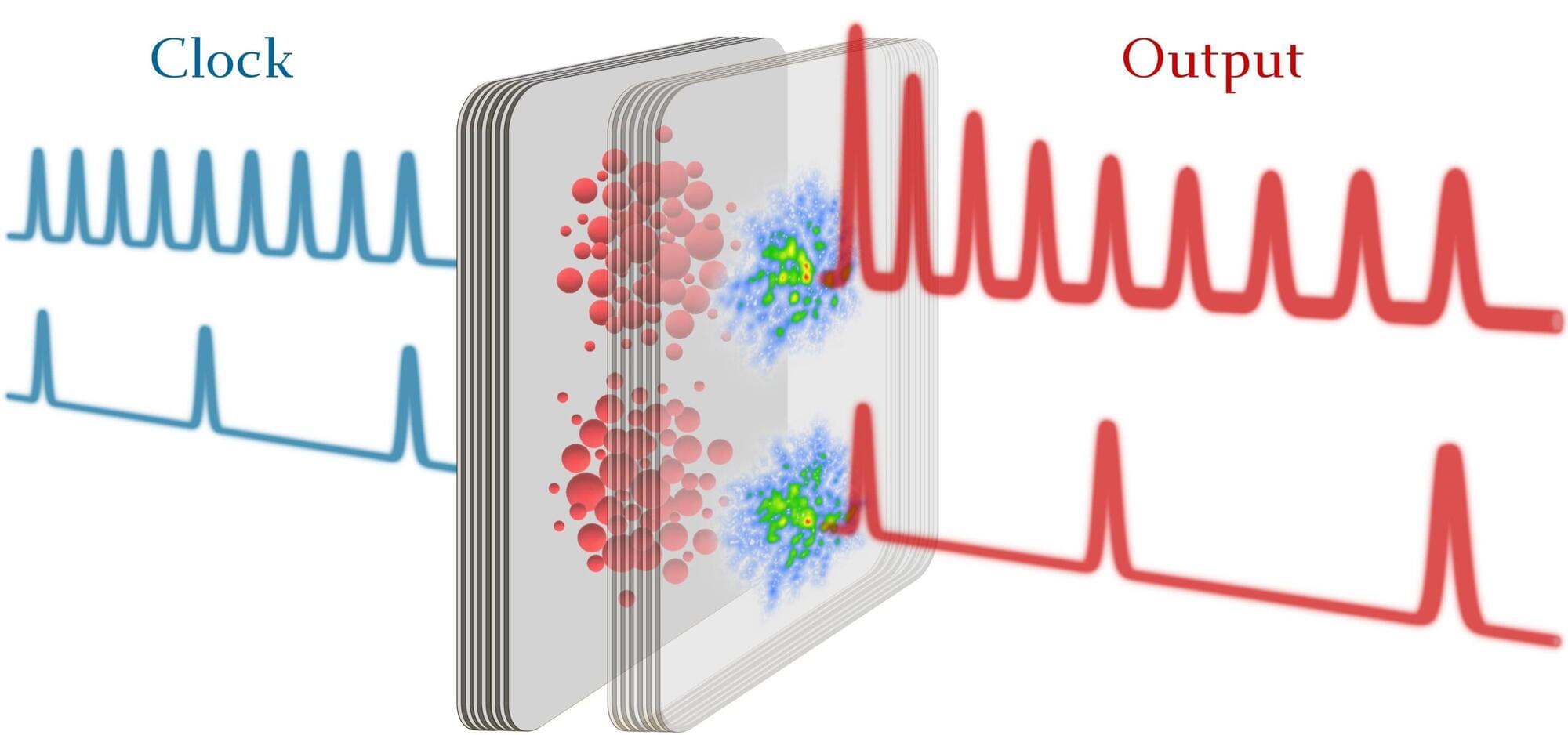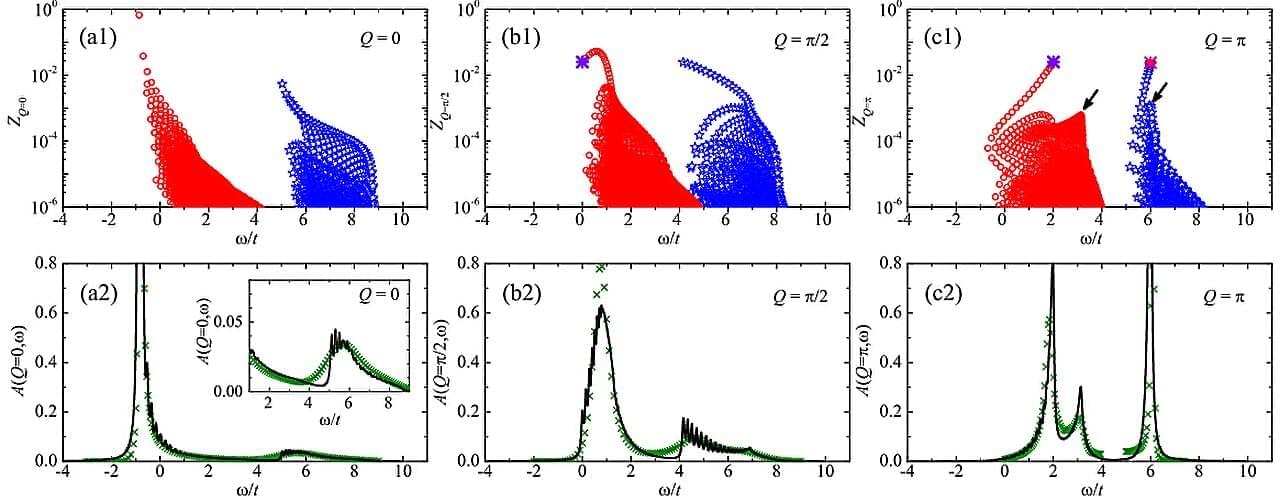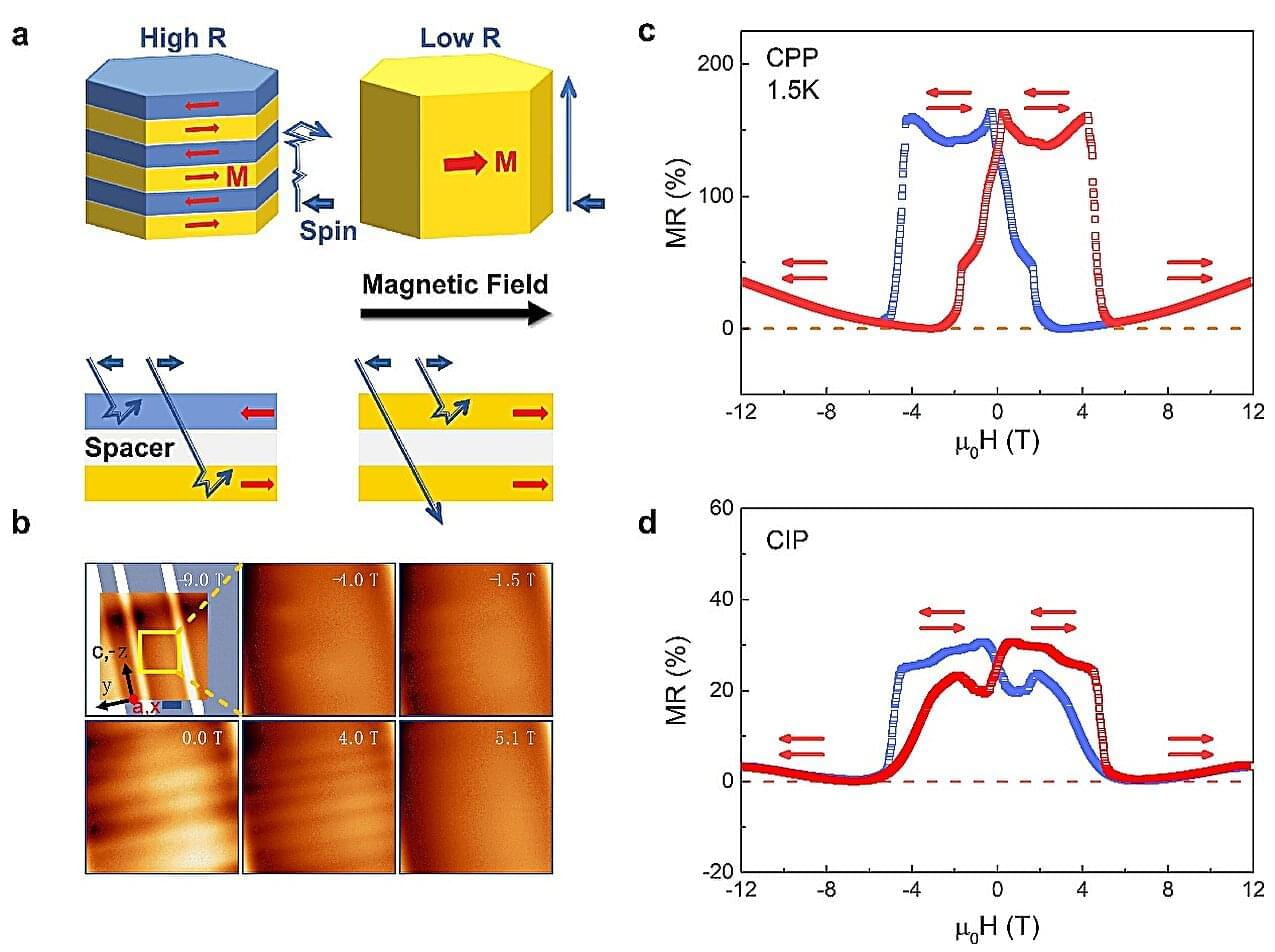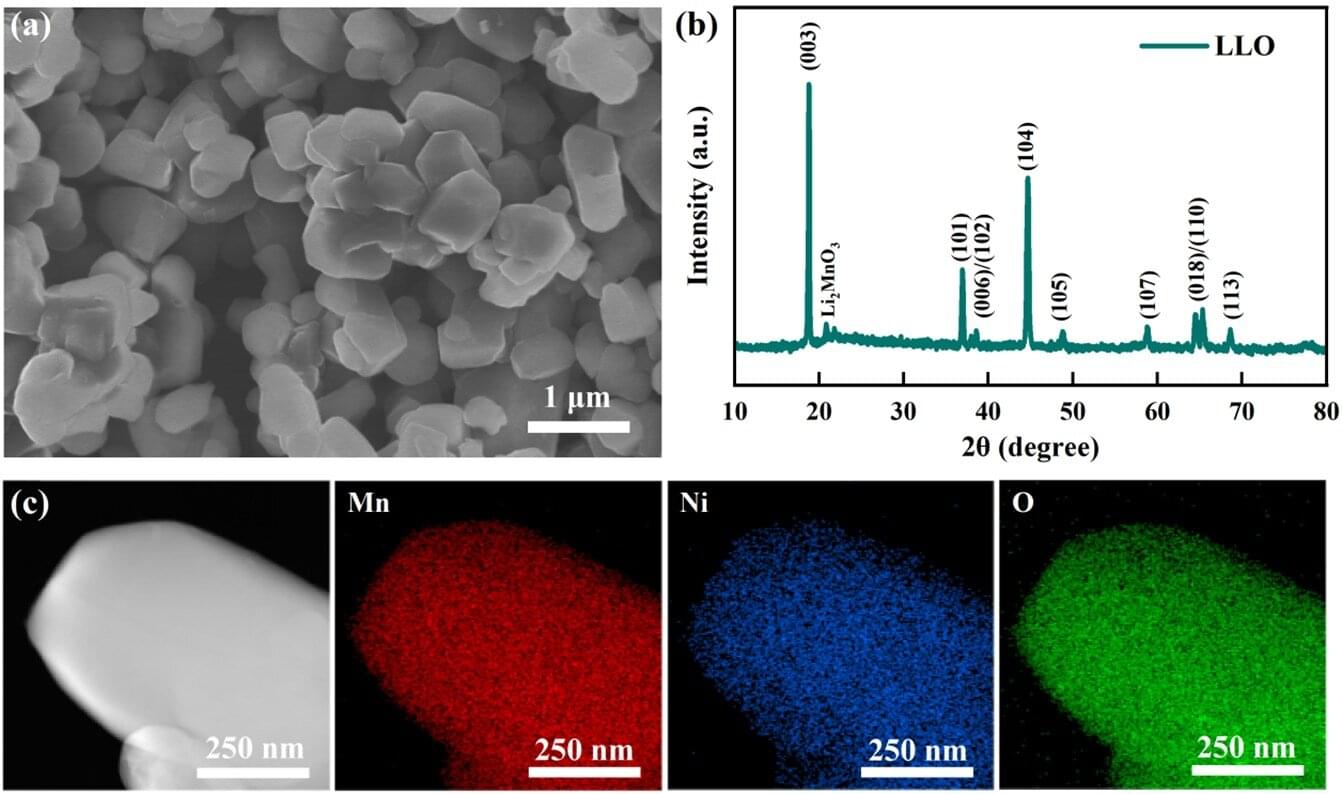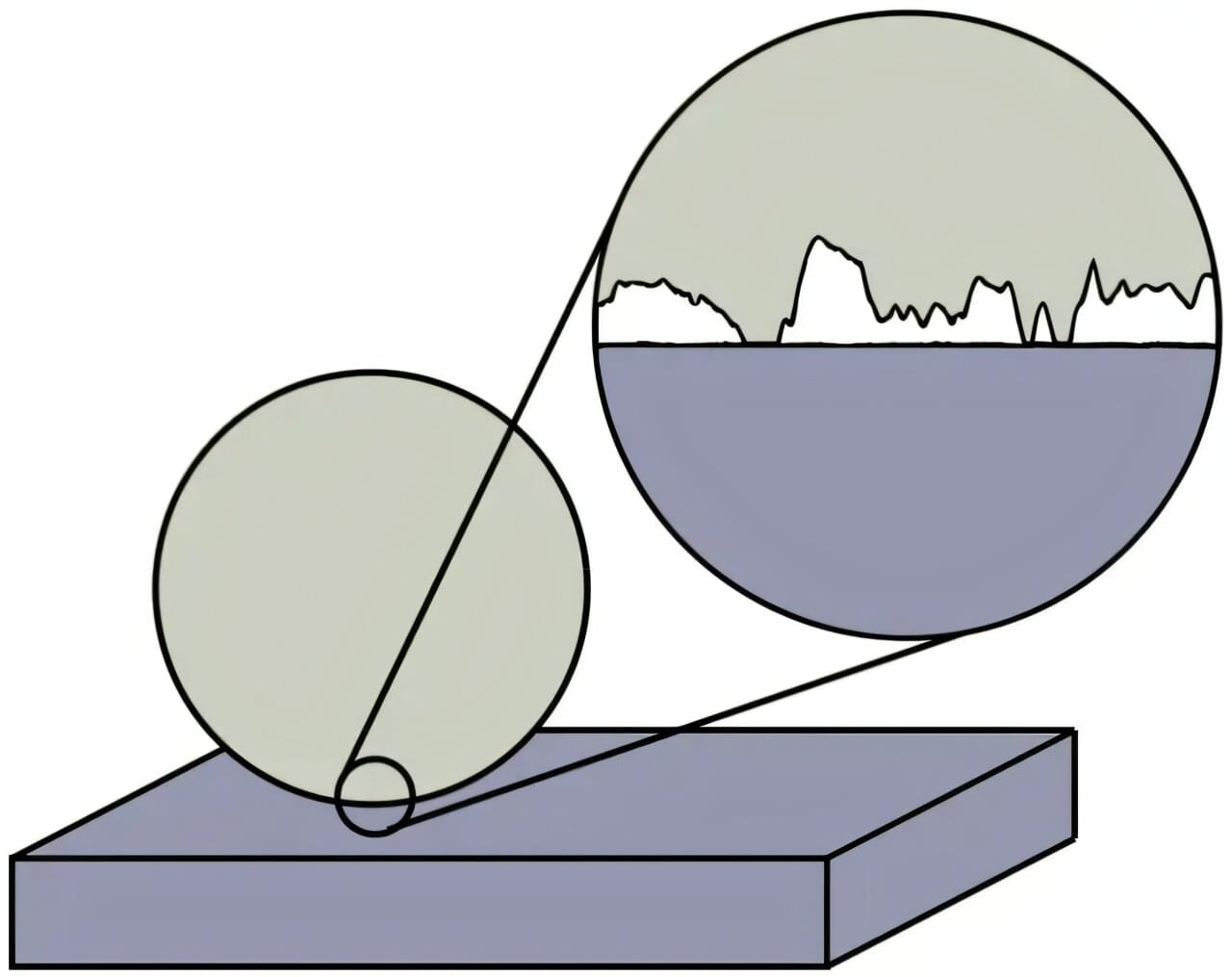Polarization, along with intensity, wavelength, and phase, is a fundamental property of light. It enhances contrast and resolution in imaging compared to traditional intensity-based methods. On-chip polarization devices rely on complex four-pixel arrays or external polarizers.
Current solutions face two key challenges: limited spectral response in plasmonic and metasurface-based devices, and difficulty in simultaneously detecting the angle (AoLP) and degree (DoLP) of linear polarization in low-dimensional anisotropic materials. Achieving wide-spectrum, high-precision polarization detection remains a critical challenge in the field.
To address this, a research team led by Prof. Li Liang from the Institute of Solid State Physics, the Hefei Institutes of Physical Science of the Chinese Academy of Sciences, in collaboration with Prof. Zhai Tianyou from Huazhong University of Science and Technology, has developed a novel “torsion unipolar barrier heterojunction” device.
